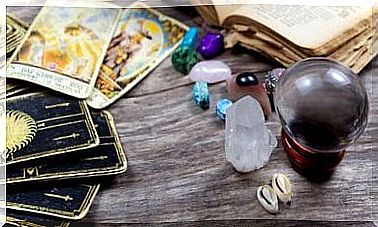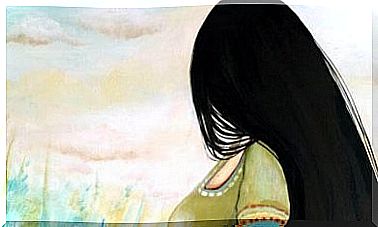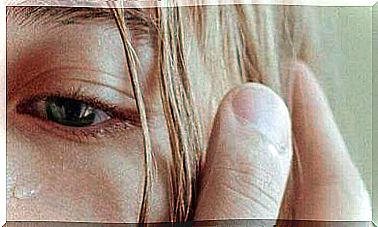Mandalas And Children
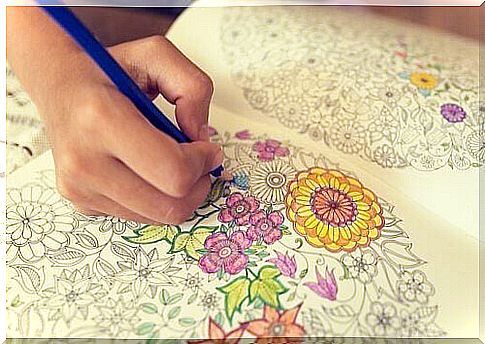
There is a connection between painting mandalas in childhood and the ability to solve situations or learn well in school.
These drawings are also used to express our emotions and to live in harmony, no matter how old we are.
It is said that mandalas allow us to achieve emotional balance, bring us peace and calm, and keep stress away.
Even though we think painting is a kid’s activity, a lot of our problems would go away if we asked them for their pencils to get us started!
Mandalas, an ancestral tradition
More and more children are going to the doctor or the psychologist because of hyperactivity. They can’t sit still for more than a minute, they need to be doing something all the time or else they will get bored or behave badly.
Here’s a good way to appease them: give them a pencil and tell them to draw.
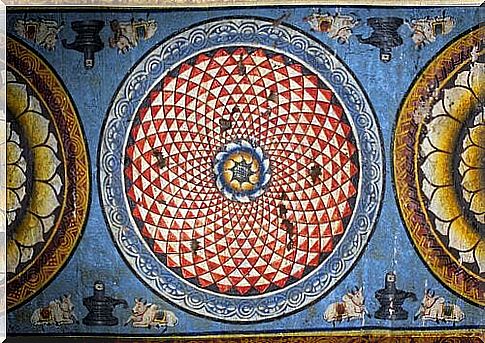
Thanks to this parental secret, schools are starting to offer mandalas for children as well.
Mandalas are sets of geometric shapes that represent what surrounds us.
They come from India and the word “mandala” means “circle”. With a definite center and symmetrical designs around it, in order to form a symmetrical shape.
Mandalas are related to the art of meditation and Hindu wisdom. You have surely already seen it in a decoration or fashion store. They are colorful and their shapes can be hypnotic.
The benefits of mandalas for children
There are many ways to express our emotions. Children also need to vent what is happening to them. Some people cry, others can’t keep still, and still others use art to express their feelings.
To achieve a state of harmony with oneself and with those around us, mandalas are a great option no matter how old we are.
But what is the difference in children? They are more familiar with drawings and paintings, and they see these diagrams as something pretty that they can distract themselves from.
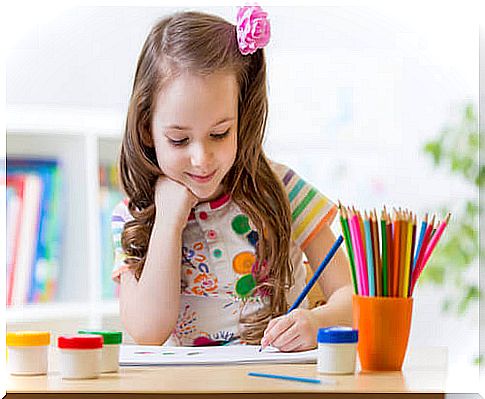
Painting mandalas from an early age is linked to better development in three areas: emotional, cognitive and behavioral.
The stimuli that the child receives when doing this activity are varied. And they are all good for its growth! Here are their advantages:
- They develop attention and concentration
- They promote fine psychomotricity of the fingers
- They reduce stress and anxiety
- They help to develop patience, perseverance, constancy
- They assimilate knowledge about geometric shapes
- They bring well-being, they increase creativity and imagination, they allow them to combine colors and shapes.
- They increase esteem and stimulate the sense of aesthetics.
If children painted mandalas regularly, they would avoid many arguments and fights, in other words inappropriate behavior.
This is why they are increasingly present in schools, on the advice of Marie Prévaud, who has been a pioneer in this field for several decades.
But, before her, Carl Jung used mandalas as therapy to interpret dreams and learn about the personalities of his patients.
Mandalas in adulthood
Leaving childhood behind doesn’t mean that paintings and colors must also stay in the past. Of course you can enjoy their benefits!
Mandalas in adults are used to access a deep state of meditation and according to psychology, they represent the human being and his relationship with the universe.
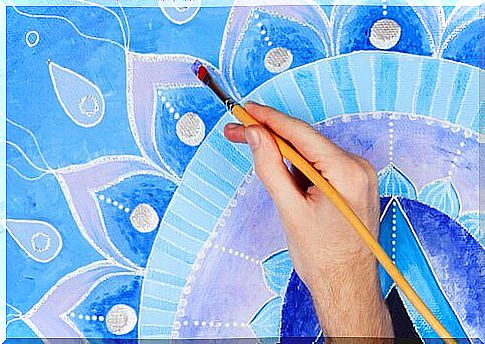
Painting will help you connect with your inner “self”, bring out your creative side, and slow your heartbeat and blood pressure.
It is a deep journey into your being, and to take advantage of not thinking of anything other than drawing.
A mandala is not just a pretty design or a decorative item in your home. It’s also a great way to step into a hitherto unknown world, where the best of you are just waiting to come out into the light.
Through these colorful shapes you will find calm in the midst of the storm, the rainbow after the rain and light after dark.


